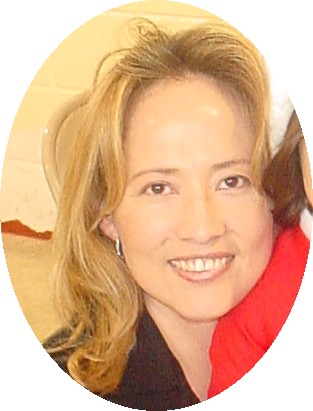Week 3
What are types of restrictions on RFPs that you want to steer away from?
Restrictions which I will be on the lookout for will be:
1. any grant which specifies that the funding is solely for K-12;
2. any seed money;
3. any restricted to cash matches;
4. eligibility restrictions, such as phd required.
Also, what are some key strategies to avoiding getting your app tossed into the "not a chance" file right off the top?
I certainly will want to research projects which have been funded in the last two or three years to make sure that mine does not sound like it is duplicating the work that someone else is already doing. If it is similar, then I have to find a way to make it sound different; perhaps concentrate on the population who will benefit from the grant so that it sounds like a different project.
I need to think of the project and the impact it will have beyond the scope of my institution. If I want to work on something having to do with Hispanic students then it must be clear that Hispanic students all over the country can benefit and not only the students at this campus.
I also would make sure that we meet all the eligibility requirements.
I need to research the appropriate focus of the organization and the terminology they use to discuss their interests. This will help to show them that my project will help meet their objectives.
I will have to focus my writing so that it is direct and concise. I have to be careful not to use language which is ornate.


